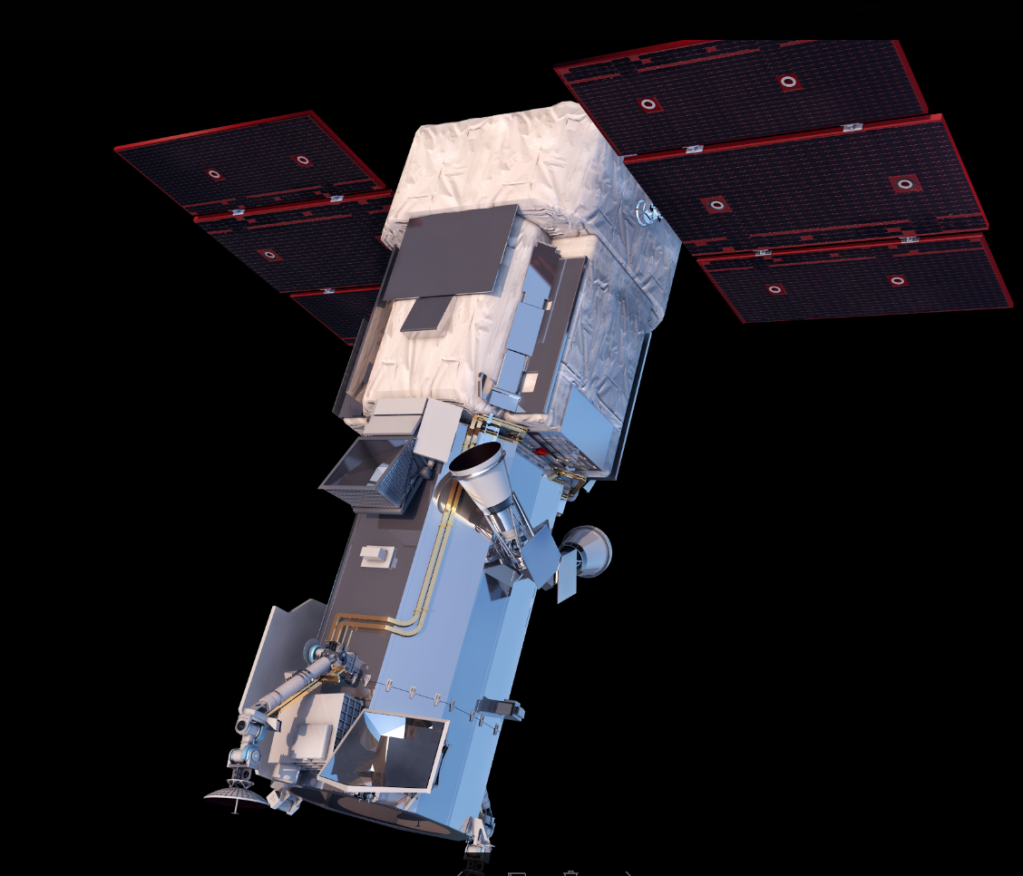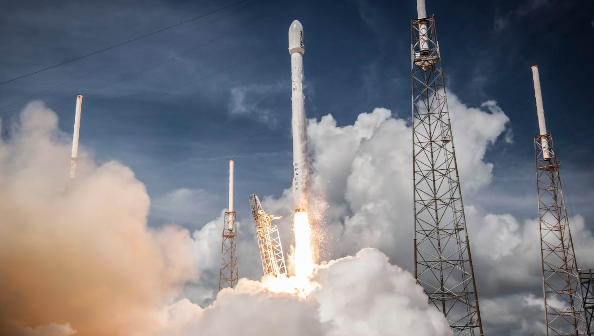Recon from Space
Satellites + Real Estate
Earth-orbiting satellites have been part of the fabric of daily life for more than 50 years. Billions of people depend on them to support fast, accurate execution of communication, weather monitoring, military and intelligence operations, and other activities. In recent years, the property management industry has become a leader in leveraging space systems’ elevated perspective […]

